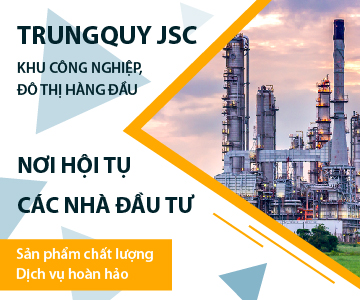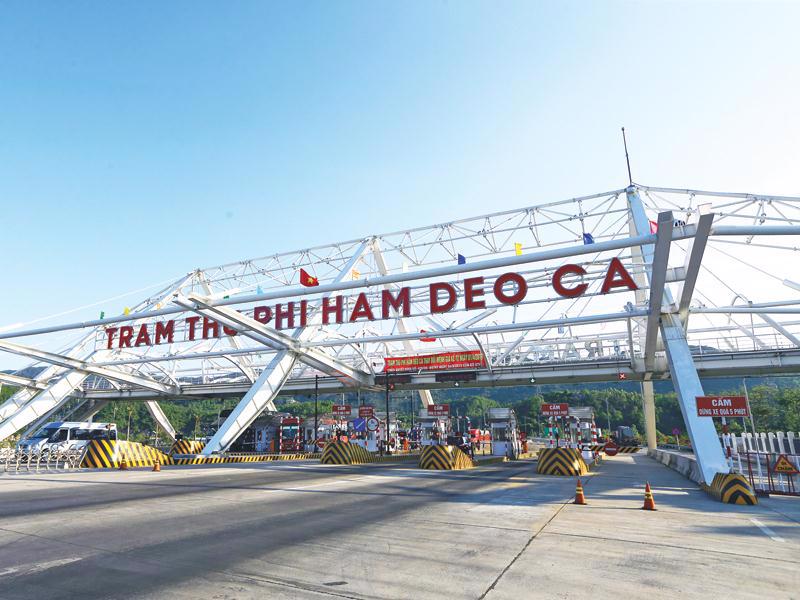INTERNATIONAL INVESTMENT
AND PORTAL
 It was noted that, in some localities, there is more abundant property supply and more reasonable pricing, Photo: Chi Cuong
It was noted that, in some localities, there is more abundant property supply and more reasonable pricing, Photo: Chi Cuong
Recent government measures to ease real estate difficulties have begun to yield results, restoring market confidence and creating fresh growth momentum.
Notably, more large-scale projects covering thousands of hectares and worth billions of US dollars are emerging, reflecting developers’ growing appetite, according to experts at the third Vietnam Wealth Advisory Summit held last week by VIR and the Vietnam Wealth Advisors community in Hanoi.
According to Dr. Can Van Luc, a member of the National Financial and Monetary Policy Advisory Council, public investment is one of the key drivers behind the recovery of the real estate market.
“Since the beginning of this year, public investment disbursement has increased by around 27 per cent, with an annual plan of nearly $34.6 billion, 31 per cent higher than last year. If the full plan is achieved, GDP growth could gain an additional 1.8-2 percentage points,” Luc said.
However, disbursement progress remains slow and uneven across provinces. At the same time, private investment and domestic consumption have only recovered modestly, while institutional reform and the implementation of the two-tier local governance model still face numerous obstacles.
In addition to this, Luc emphasised that the real estate market in the coming period will be shaped by key factors, including inflation, interest rates, the legal and regulatory framework, planning, urbanisation, investment funds, and more.
“Although new supply has risen by 56 per cent compared to before, the high-end segment still prevails,” Luc said. “Apartment prices are climbing more slowly than land lots due to speculative expectations, raising the risk of a fear of missing out. Calculations indicate that a civil servant in Vietnam would need 26 years of savings to afford an apartment, compared to the global average of 15 years.”
For sustainable development, Luc stressed the need to accelerate institutional reform, improve data systems and transparency, and for developers to adjust pricing in line with household incomes to reduce risks for buyers, banks, and investors alike.
As Vietnam’s real estate and financial markets brace for significant changes, amendments to the Land Law, efforts to cleanse market data, and the government’s plan to upgrade and liberalise investment mechanisms on the stock market are expected to generate new waves of opportunities for property enterprises.
Nguyen Duc Tai, CFO of Meey Group, said that revisions to the Land Law will enhance transparency, thereby stimulating demand for real estate research and investment, and creating substantial opportunities for new property products.
“With standardised and transparent market data, we believe Meey Group will become an ideal partner thanks to our comprehensive database. Meanwhile, the stock market upgrade will create improvements for companies like ours to connect with international capital. Our strategy is to continue investing heavily in research and development, expand our team, and prepare for a comprehensive wave of digital transformation,” Tai said.
Duong Thuy Dung, executive director and head of Valuation and Research at CBRE Vietnam, noted that supply in Hanoi has improved over the past two years, while Ho Chi Minh City remains constrained. By contrast, neighbouring areas such as Binh Duong and Long An, and the existing province of Dong Nai are emerging as bright spots thanks to more abundant supply and more reasonable pricing.
In the first half of 2025, primary prices in Ho Chi Minh City rose by 22 per cent and in Hanoi by 25–30 per cent, reaching an average of VND80 million ($3,000) per square metre, a record high.
“Some central projects even recorded prices of up to VND200 million ($5,700) per sq.m. Meanwhile, the areas of Binh Duong and Long An remain in the range of VND40–50 million ($1,500-1,900), opening the door for investors at various capital levels,” Dung said.
Meanwhile, Tai from Meey Group added that beyond Hanoi and Ho Chi Minh City, residential and land plots in emerging urban areas such as Danang and Tay Ninh are gaining investor attention. “Over the next 10 years, Tay Ninh’s market could witness explosive growth. Investors should therefore pay attention to satellite urban areas with complete ecosystems,” Tai suggested.
Experts observed that Vietnam’s property market began warming up in late 2024. However, this recovery has mostly stemmed from large-scale projects led by top-tier developers, while small and mid-sized firms have yet to benefit significantly.
Do Minh Trang, head of Research and Market Strategy at ACB Securities, said that by late 2025 and into 2026, with continued government efforts to ease policy and legal constraints, the market is expected to experience broader positive spillovers.
“This will not only accelerate project launches but also enable mid-sized developers to record stronger revenues and profits, painting a brighter picture for the sector overall. It also represents an attractive opportunity for real estate investment capital, including property stocks,” she explained.
At the same time, public investment is playing a critical role in driving the broader economy. Many construction materials enterprises, currently reliant on the domestic market, as well as infrastructure contractors, are expected to benefit significantly in the coming period.
Although disbursement has only reached about half of the eight-month plan, this remains a long-term story spanning several years. Notably, most listed firms in building materials, including steel, plastics, stone, sand, and infrastructure, are industry leaders.
“The current context also favours them, as input material prices remain low due to China’s incomplete recovery, while domestic demand continues to rise. This allows profit margins to improve and strengthens their market leadership,” Trang added.
Beyond real estate and public investment, Trang also highlighted the retail sector for its sustainable growth potential and importance in medium- to long-term investment strategies.



















